America is full of superlatives. I’m usually not seduced. But the biggest rooftop garden in the world got my attention.
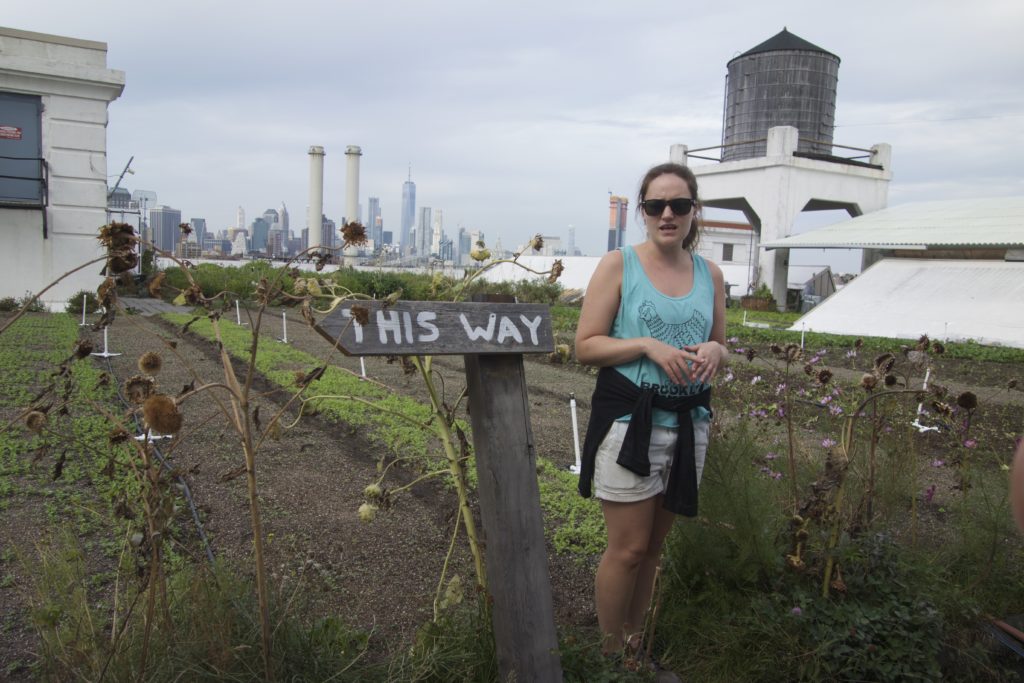
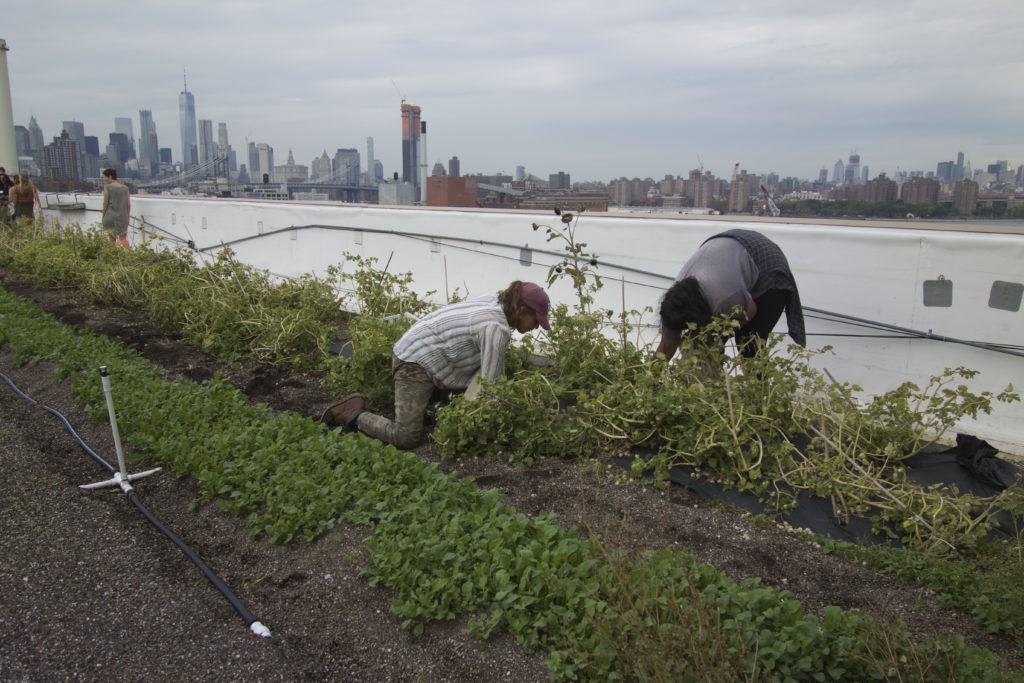
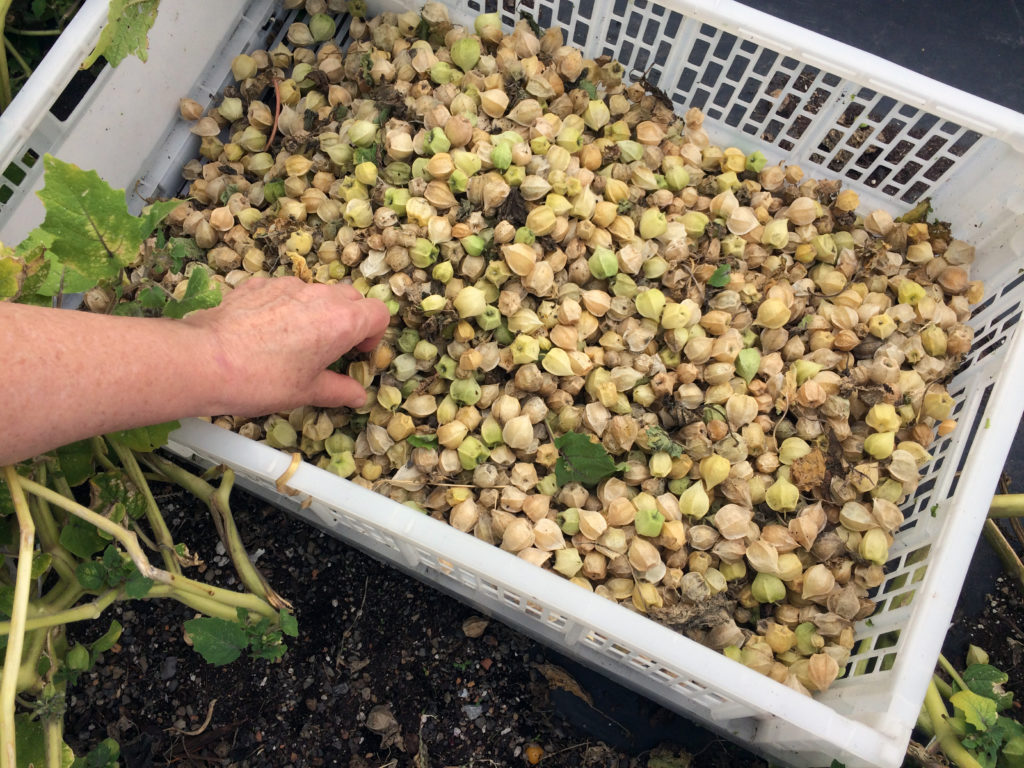 As a working farm, Brooklyn Grange is only open to visitors once a week, on Wednesdays (if you visit NYC keep this in mind) when they offer a guided tour. So, with my mother and son in tow, I made my way to the Brooklyn Navy Yard. We hadn’t received the updated email instructions (patchy internet + general reluctance to connect while exploring) so we wondered around the Navy Yard looking for the spot. We met two lovely young women doing the same. They were urban farmers themselves, and had travelled from Georgia to visit Brooklyn Grange. Visiting this farm is definitely a pilgrimage. When I posted to instagram, our fellow plant researchers Earlwood Farm commented ‘we were there last week!’.
As a working farm, Brooklyn Grange is only open to visitors once a week, on Wednesdays (if you visit NYC keep this in mind) when they offer a guided tour. So, with my mother and son in tow, I made my way to the Brooklyn Navy Yard. We hadn’t received the updated email instructions (patchy internet + general reluctance to connect while exploring) so we wondered around the Navy Yard looking for the spot. We met two lovely young women doing the same. They were urban farmers themselves, and had travelled from Georgia to visit Brooklyn Grange. Visiting this farm is definitely a pilgrimage. When I posted to instagram, our fellow plant researchers Earlwood Farm commented ‘we were there last week!’.
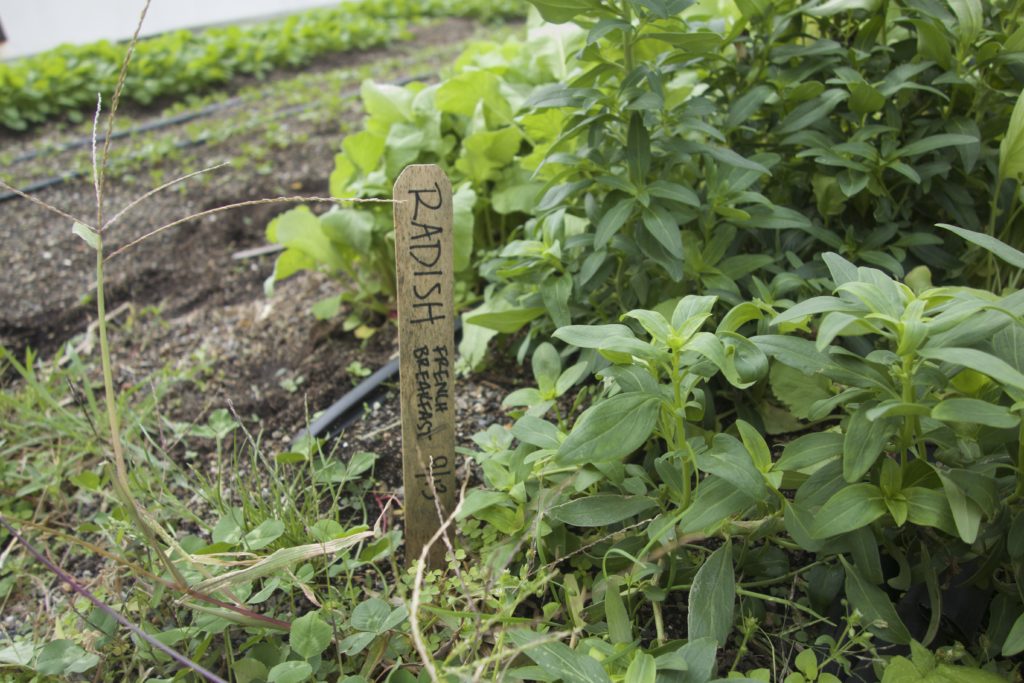
We eventually found the spot and took an elevator to the roof. We were introduced to the garden by the enthusiastic Erin who explained the design of the farm and told the story of its beginnings. It’s a good story. I especially like this part:
One early morning in May of 2010, a ragtag crew appeared on Northern Boulevard, alighting from bicycles and emerging from the subway steps at 36th St, assembling in the dim light outside a sprawling building. They donned hard hats and thick, plastic-coated work gloves and, armed with shovels and rakes, they set out to build the largest soil rooftop farm in the world. (https://www.brooklyngrangefarm.com/about-brooklyn-grange-1/)
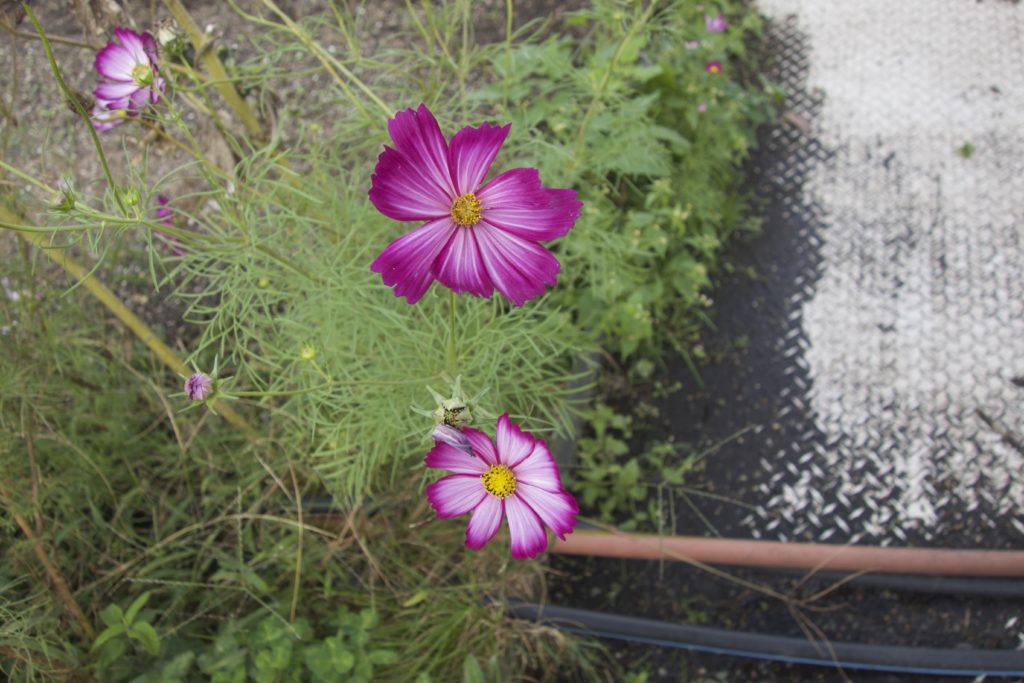
As well as two rooftops (Long Island and the Navy Yard) the farm also operates an apiary, keeping bees in over 30 naturally-managed honey bee hives, on roofs dispersed throughout NYC. The farm also hosts education programs and events, some of which look pretty glamorous from the pictures, but this isn’t a flawless showy sustainability initiative. Walking between the crops, we can see the ongoing work the farm requires: designing, weeding, repairing, maintaining, planting, harvesting, cleaning, planning, composting, educating, labeling, and counting. And then there are all the relationships with the landlord, community, city, and public to manage. This isn’t green bling.
The reason guests are only allowed in once a week is because they would get in the way of farming.
The primary goal of Brooklyn Grange is to provide a fiscally sustainable model for urban agriculture. There are a lot of urban farms in the world, and in New York, there are thousands of community gardens. While these gardens do wonderful things, they are usually not making money. The challenge for them is (in the face of urban renewal) to hold fast to the land they are established on, and to ensure communities are looking after them. At Brooklyn Grange, on the other hand, there is a lot of good will, but there is also a need for steady income, to cover the rent and pay all the staff such as the lovely Erin.
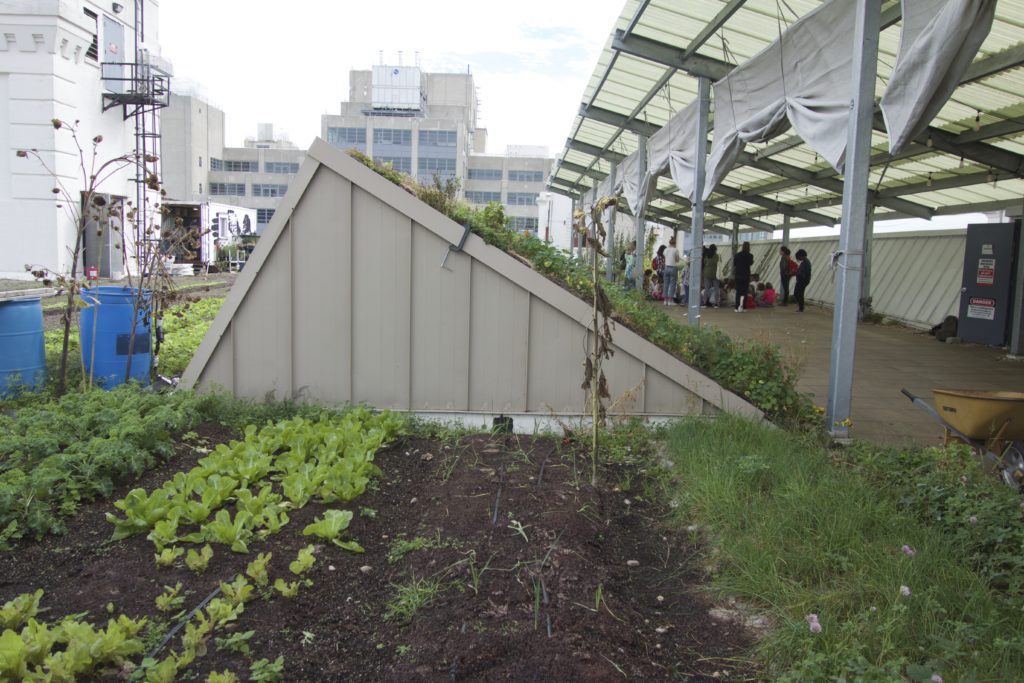
On the tour, Erin stressed the interconnection of urban infrastructure. Between explaining uses for gooseberries, and telling us the names of the chooks, she encouraged us to think about the water we are using while we are in New York. ‘Hotels are the worst. The storm water system is not coping’, she explained, ‘and we need to harvest all the water we can and use it productively’. She eloquently connected the choice and convenience of New York’s delis and groceries to the distance each product had travelled from where it was grown. She showed us the compost heap, the bees, the irrigation system, and she talked about the amount of organic waste going to landfill (I couldn’t help thinking how the Sopranos would change their system).
The size of New York is a blessing and a curse. Brooklyn Grange is so impressive, and is possible because of the support a city like this can offer. But the problems with the urban infrastructure are also at an immense scale. The view from the rooftop confirms this.

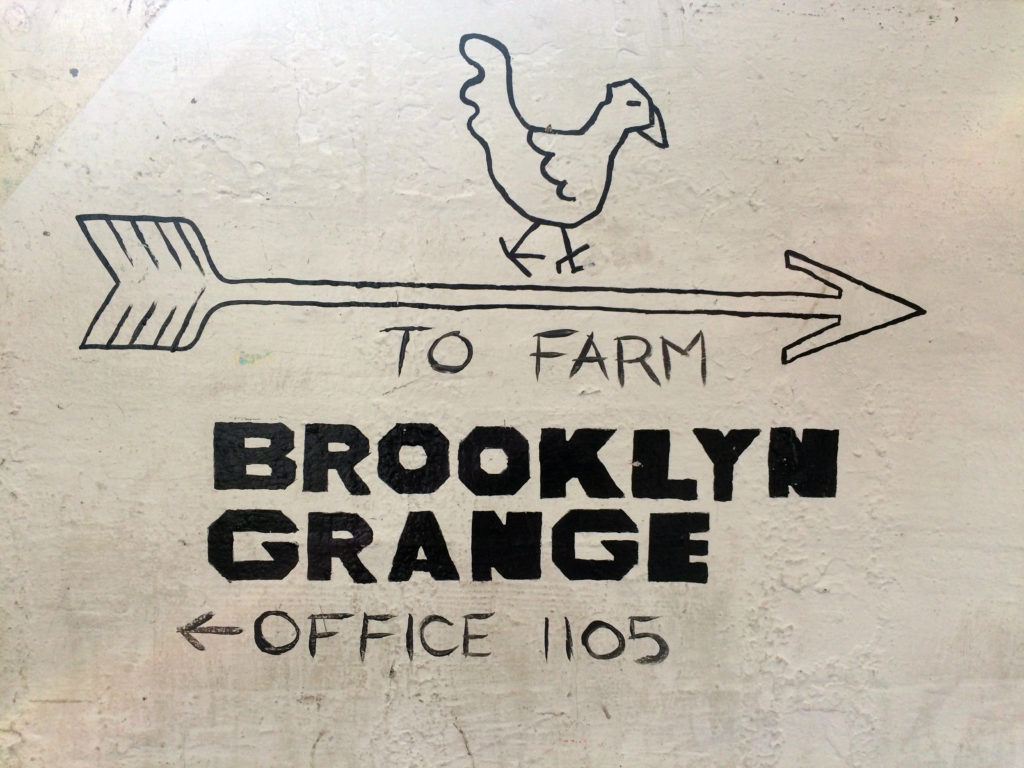

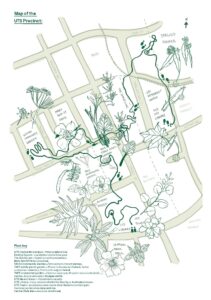

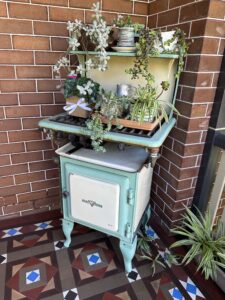


0 Comments